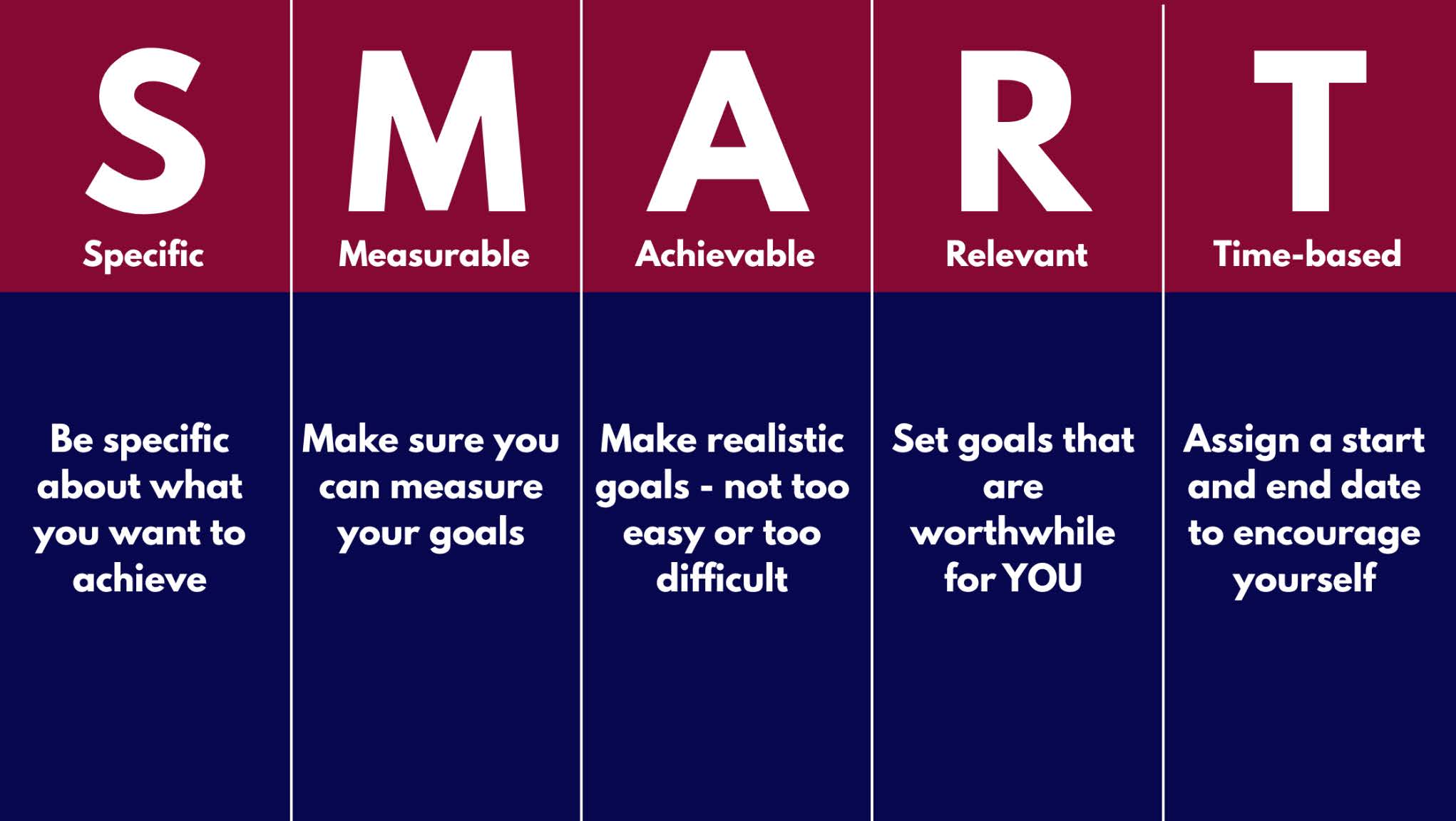As a non-profit organization, your time and resources are limited, making it essential to develop and refine your audience early on. The people you market to directly impact your organization’s ability to provide services, secure funding, and drive long-term growth. Misaligned digital marketing efforts can waste valuable time and money while delaying meaningful change within your community.
Start with Your Mission and Goals
Before defining your audience, you must first have a deep understanding of your non-profit organization’s mission and goals.
Your mission statement should clearly outline:
✔ Who you serve
✔ What services you provide
✔ The impact you aim to create in your community
By aligning your digital marketing strategy with your mission, you can better identify the right audience—those who will benefit most from your services and those who will support your cause.
Identifying Your Audience
To find your audience, gather data through:
✅ Surveys – Gain direct insights from individuals in your community.
✅ Interviews & Focus Groups – Engage in conversations to understand needs and perceptions.
✅ Online Analytics – Use website and social media data to track engagement trends.
Your non-profit organization’s audience typically includes:
🔹 Beneficiaries – The people you serve.
🔹 Donors – Individuals or businesses funding your mission.
🔹 Volunteers & Advocates – Supporters who spread awareness and contribute time or expertise.
Understanding your audience requires analyzing three key factors:
✔ Demographics – Age, location, income level, and interests.
✔ Psychographics – Values, motivations, and concerns that drive decision-making.
✔ Engagement Preferences – How they prefer to receive and interact with information (email, social media, events, etc.).
Setting Goals for Audience Engagement
Clear, measurable goals help track your non-profit organization’s success in engaging and growing its audience. Consider using SMART goals (Specific, Measurable, Achievable, Relevant, Time-bound) to define objectives and measure progress.

Analyzing Your Current Audience
If your non-profit organization is already engaging with a community, take a step back to assess:
✔ Who is currently engaging with your organization?
✔ How do they feel about your impact?
✔ Where do they interact with you (social media, events, walk-ins)?
By analyzing existing audience interactions, you can identify strengths and areas for improvement. Are you effectively addressing your community’s needs? Do they have a way to provide feedback? Understanding gaps in engagement allows you to refine your digital marketing strategy and strengthen your connection with your audience.
Creating Audience Profiles
An audience profile (or persona) helps clarify who you are marketing to. By developing a well-defined profile, you can tailor messaging and outreach to resonate with the right people.
Consider:
✔ Who benefits from your services?
✔ Where do they live, shop, and socialize?
✔ What challenges do they face that your organization helps address?
Building audience profiles ensures that your digital marketing strategy remains targeted, effective, and impactful.
Researching Competitors
Understanding how similar non-profit organizations engage with their audience can provide valuable insights. By analyzing their outreach methods, messaging, and engagement strategies, you can refine your approach and identify opportunities to differentiate your organization.
Conclusion
Defining your audience is a crucial step in ensuring your non-profit organization’s success. By aligning your digital marketing efforts with your mission, conducting audience research, setting clear goals, and analyzing your current engagement strategies, you can build a stronger, more connected community around your cause.
Would you like help refining your audience strategy? Let’s connect! Redstart Creative specializes in helping non-profit organizations clarify their messaging and engage their audience more effectively through expert digital marketing strategies.


